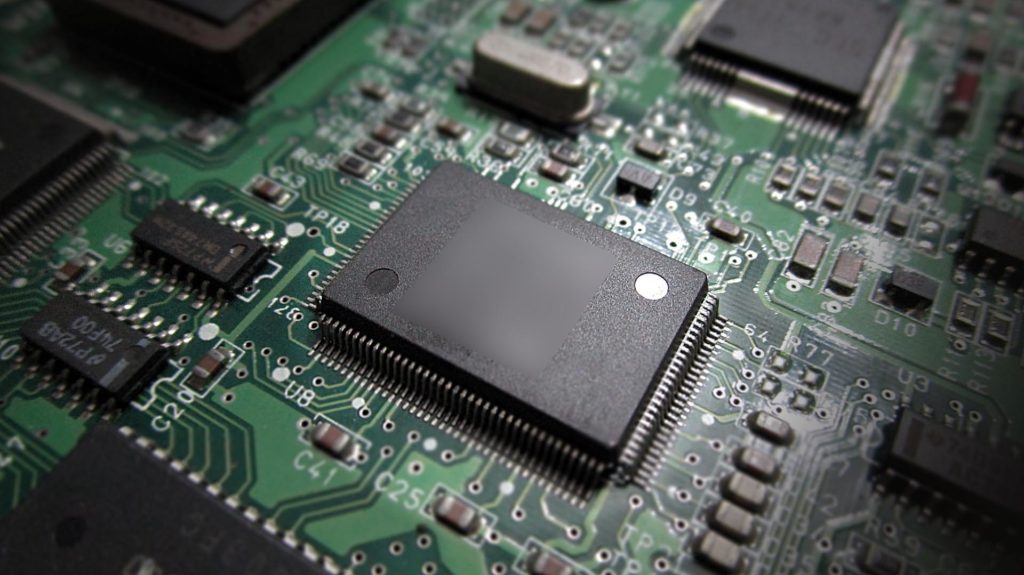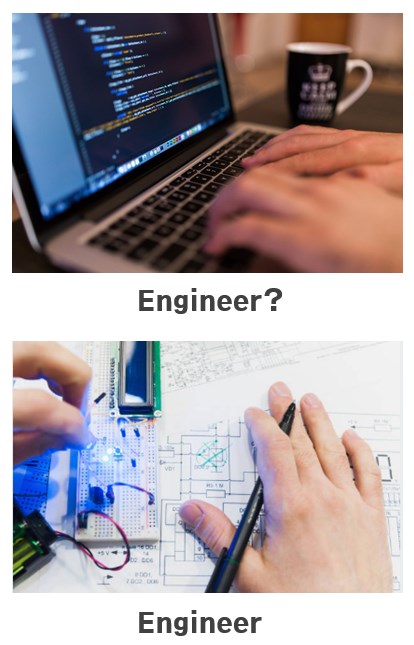
What are The Methods and Know-Hows for Embedded engineers to aquire used in practice?
Table of contents
For Aspiring Embedded Engineers
It explains the methods and know-how to acquire skills that can be used in practice, especially for those who aspire to become embedded engineers among manufacturing engineers.

This site is designed for the following people, from beginners who are interested in electronic works as a hobby to engineers in active service, to learn embedded technology, and to improve their skills to become immediately effective in any field by acquiring practical application skills and wisdom in a short period of time.
- Engineers involved in manufacturing (electrical and electronic, control, information, mechanical, etc.)
- People who aspire to be involved in manufacturing
- People who have dabbled in programming but have failed.
- People who can program to some extent but have never actually created a system with a purpose.
- People who are interested in embedded (hardware) as well as web programming.
- Those who have learned enough to follow the contents of the commercial products but cannot go further.
- Those who want to acquire practical skills to change careers, start their own business, or improve their skills on the side to appeal to job seekers.

When you try something you have no experience with, it is difficult to get started, and in some cases, you may not be able to sustain the motivation and fail.

In the case of embedded technology, the range of knowledge and skills to be acquired is especially wide, so it is natural that it is difficult to know where to start.
- I have no idea what digital logic circuits and analog circuits used in embedded peripheral circuits are.
- I don't understand the terminology used to describe embedded technology.
- What kind of mechanism allows something digital (software) like a program to control equipment (hardware)?
- What is an embedded device and how can it be realized?
- What programming development environment should I choose?
- What tools should I use?
- What microcontroller should I choose?
- How should the peripheral circuits of a microcontroller be designed?
- I have no idea where to start.
- I am not very confident and would like to ask someone to do just the introduction part for me, even if it is for a fee.

What you will face specifically is roughly the above. If you follow the "Learning Curriculum Guidance" on this site, which has been systematically compiled based on such experiences, even beginners can acquire skills.
Features of this site

People who want to get started in embedded technology come from a variety of backgrounds. They may have knowledge of electrical and electronic circuits, but no programming experience, or vice versa.

Although no one has all skills from the start, if you start learning electrical and electronic circuits or programming at the same time with the specific goal of learning embedded technology, you will be able to understand more and more quickly and efficiently.

This site recommends that microcontroller operation, which is a core part of embedded technology, be started with a solid understanding of the fundamentals of electricity and electronic circuits. Please do your best to understand the basics of microcontroller operation.
What Embedded Engineers Learn
Basic Electricity and Electronics


When I first started embedding, I had only basic electrical knowledge, but no knowledge of practical circuits. But don't worry. There are no difficult electrical or electronic circuits that are fundamentally required for embedded technology, so you don't have to be a technical expert to understand them.

This site explains the essence of the circuits used around microcontrollers, which are the core of embedded systems. The content can be understood if you know the basics of electric circuits learned in junior high school. The most important point is to have an interest in hardware such as electric circuits.

Rather than simply passing by when you understand a few things, you can acquire real skills by broadening your interest and deepening your understanding through exposure to various examples. Nowadays, there is no information that cannot be obtained from the Internet, so please make full use of it. I would like you to be able to understand the specifications of microcontrollers and peripheral components that are necessary for design.
C programming language


Although C is required for programming, you do not need to be a programmer to use it, but only to use it as a means to learn.

This site does not explain the C language itself, but if you have an overview of the C language, you should be able to learn it. I also introduce on this site the construction of an environment where you can learn C language as well as learn embedded technology at the same time.

In my experience, programming skills came naturally as I created embedded programs. I have a background in electrical and control systems, so I am not a programming specialist, but I am confident in the software that makes up embedded technology as a product, based on my experience using it on demanding production sites. I think that is good enough.

The way programming is written is important, but the logical thinking of the content itself and creative ideas are eé important. If the program is to be used in an organization, it is necessary to be aware of certain rules such as modularization skills, but for beginners, the first priority should be to build a program (software) that works reliably.
Microcontroller Operation


Once you have a certain overview of electrical/electronic circuits and programming, it is time to start learning the core of embedded technology, the microcontroller.

The microcontrollers covered in this site are 32-bit microcontrollers (ARM Cortex-M3), which are used in practical industrial products, not for hobby use such as electronic work

However, this site offers a curriculum designed to help you master the basic functions first, so that you will naturally improve your skills in microcomputer operation as you patiently learn more.
System design skills


In practical work, it is not enough to have the skills to operate a microcomputer at will; knowledge that can be used immediately, design skills, and applied skills including the ability to think outside the box are required. This site explains the essential design concepts for systems, hardware, and software in order to realize product development tasks, so please refer to it to learn and acquire applied skills.

The best way for a beginner to learn about embedded technology is to have a good mentor or someone nearby to consult with.

I am not ready at this time, but would like to conduct an online or consultancy in the near future and would welcome your input.
Embedded Engineers and Historical Background

In recent years, engineers are more likely to refer to those who deal only with software (programs), such as those in the IT industry, but in the past, engineers mostly dealt with hardware, such as mechanical and electrical circuit design. With the development of the Internet, the definition of an engineer seems to have changed, but an engineer here refers to a person who handles the embedded technology necessary for all devices that incorporate computers, such as home appliances, information and communication devices, and industrial machinery, which are hardware.

Embedded engineers need not only programming skills to build software, but also knowledge of microcontroller operation and design techniques to configure systems by combining electrical, mechanical, information, and control engineering fundamentals of peripheral functions.

The manufacturing industry, which once supported Japan as a technological powerhouse, is now shifting toward software. Even so, software alone cannot survive without hardware, and embedded technology will become increasingly important to develop products that combine IoT and AI with the Internet. Embedded engineers will not be replaced by AI in the future, but will be involved in the work of those who use AI.

It is not easy to acquire skills because embedded engineers require a wide range of engineering knowledge and experience compared to engineers who handle only software, but engineers with usable skills are rare and will be in increasing demand in the future. It is expected that it will grow and become a seller's market.

Engineers who have mastered basic embedded skills have a wide range of opportunities and are in high demand, so not only can they market themselves favorably when changing jobs, but they can also become independent freelancers or seek opportunities in worldwide.
How to use this site
- 1 Curriculum guidance to understand learning procedures
- First, students will understand the skills required to acquire embedded technology, and then they will grasp how to proceed with learning that matches their own skills through "Curriculum Guidance".
- 2 Start learning embedded technology
- In "Tutorial to ARM(STM32)" students will begin learning the basics of microcontrollers and the electronic and electrical circuits (hardware) used in and around the microcontrollers themselves. Students will begin learning how to operate the microcontrollers once they have a basic understanding of the hardware.
- 3 Learning about the design requirements of the practice
- Being able to operate a microcontroller is not sufficient in practice.
The point is to acquire knowledge that can be used immediately in business (including freelance work), design skills, and applied skills that include thinking about things, beyond the acquisition of microcontroller operation skills. The embedded development and design section of "Tutorial to ARM(STM32)" includes skills that can be used immediately in actual work.
- 4 Improve your application skills with application examples
- The shortest way to learn microcontroller operation is to actually operate it.
This site's "Application program samples used in practice" section provides a wealth of examples of programs that can be used in practice, so you can check actual operation and hone your application skills in the shortest possible time.

